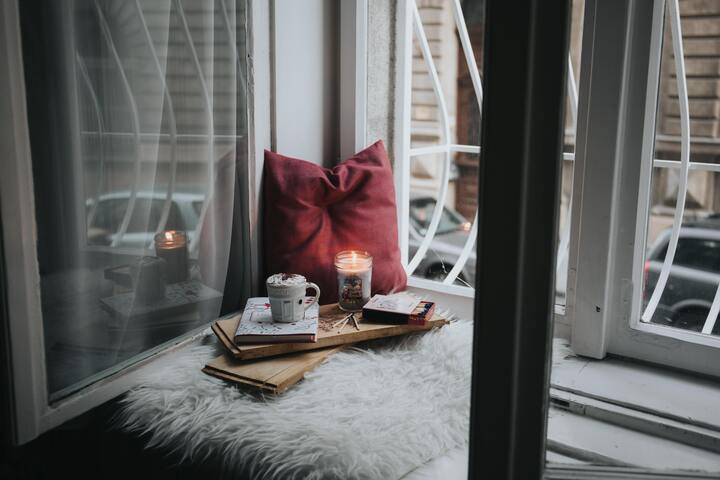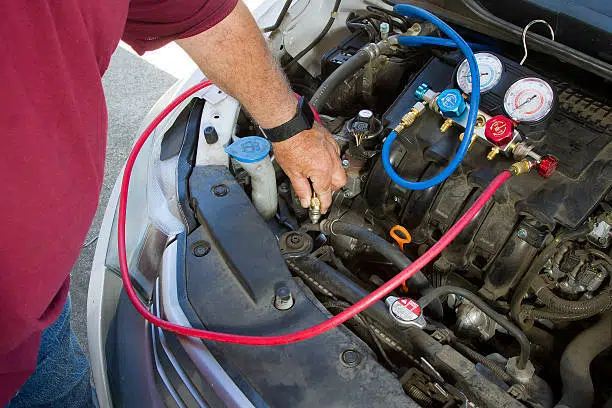
According to the Environmental Protection Agency1, the ideal indoor humidity level should be between 30 – 60%. It’s optimal for overall wellness and the efficient functioning of our respiratory immune system.
What is relative humidity?
Along with air temperature, relative humidity plays an important role in human thermal comfort. The relative humidity is a way of describing how much water vapor is there in the air, compared to how much there could be. When the temperature is warm, more water vapor can be in the air than when it is cold.
Why is the humidity low in winter?
Lorem ipsum dolor sit amet, consectetuer Cold air is dry. The lower the temperature, the less water can exist in the vapor state. Using central heat during the winter can lower a building’s relative humidity levels. When cold outdoor air with little moisture is heated indoors, the air’s relative humidity can drop to about 20 percent.
Negative effects of dry air
Dry air can have a serious impact on your health and cause property damage, especially during winter.
- Dry air impairs the respiratory immune system’s ability to fight airborne viruses and germs, and can cause such ailments as asthma, bronchitis, sinusitis, and nosebleeds.
- Low humidity hurts your skin.
- It could cause damage to wood furniture, walls, floors, and electronics.
- Musical instruments can lose shape and tune.
- Books and artwork can become wrinkled
- Low humidity indoors winter contributes to higher utility costs – dry air feels colder, prompting you to turn up the heat.

Reduced humidity linked to increased COVID-19 risk
Doctors and scientists agree that raising indoor humidity levels has a strong effect on the transmission of airborne diseases and may help to deactivate coronavirus particles5. Relative humidity of 40–60% can help to contain the virus.
Fighting dry air
To achieve the ideal humidity level in house during winter in Canada, you can purchase a humidifier. Be sure to clean it regularly – air filters must be routinely washed or replaced. Good humidity can significantly improve your indoor air quality.
The cold weather makes winter bad enough. Dry air can add to your discomfort. Humidification gives people a simple means of maintaining correct humidity for house in winter and combating seasonal respiratory infections. You can find the chart explaining humidity ranges for people with respiratory issues at the website of the National Asthma Council Australia.
Proper humidity setting for winter reduces the risk of virus spread without causing negative effects. A humidifier is the key to enhancing your comfort and setting the best indoor humidity level in winter. And it can help you to save energy because you will feel warmer. If you’re suffering from dry air, or need recommendations regarding humidity setting for house in winter, our experts are always there for you.
Sources:
1. United States Environmental Protection Agency, “Mold and Indoor Air Quality in Schools”
3. National Asthma Council Australia, “Indoor humidity levels”
5. Healthline Media, “How humidity may affect COVID-19 outcome”
Share



















